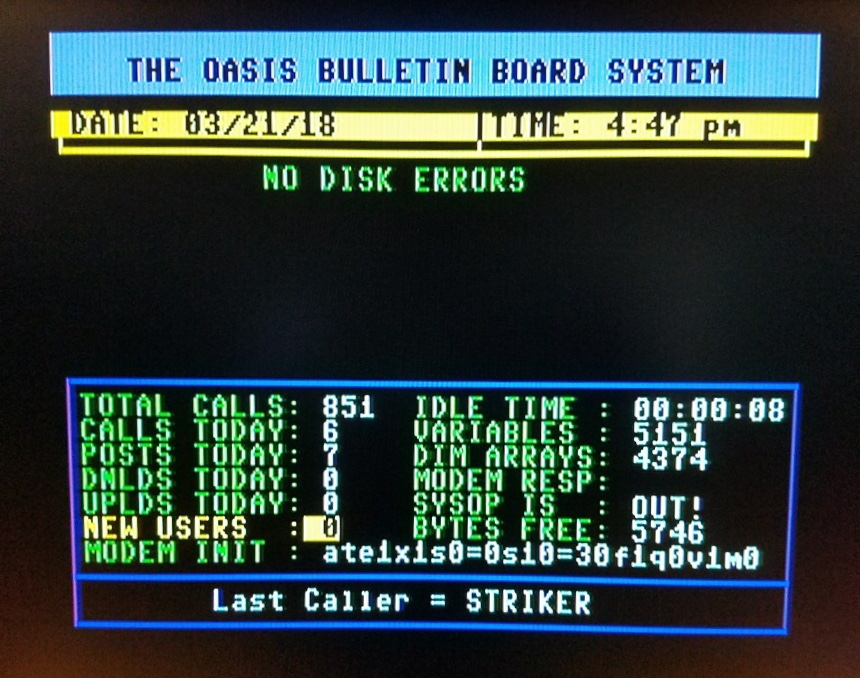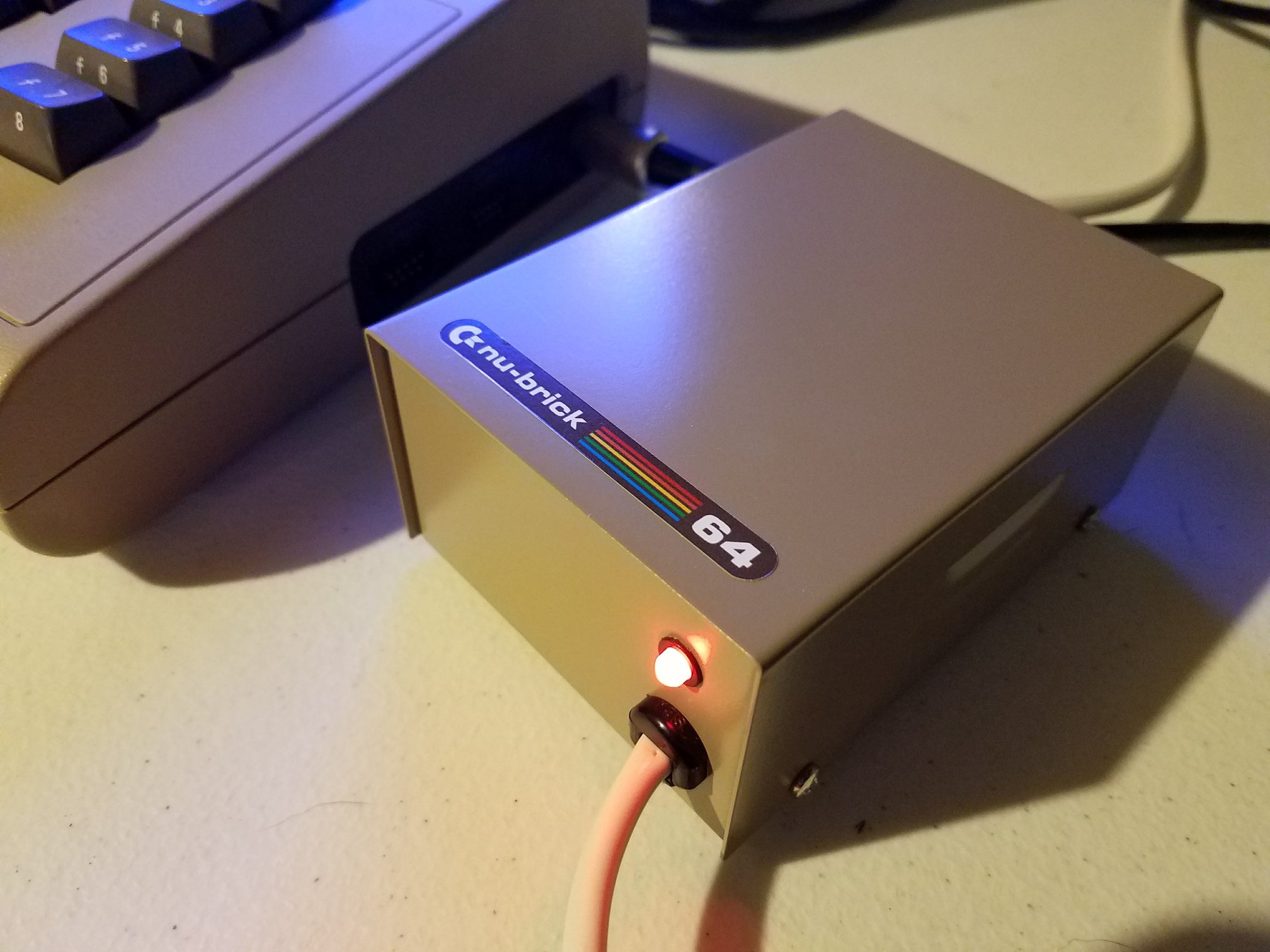When you think about the Commodore 64—a humble 8-bit machine with a 1 MHz processor—the last thing you’d imagine is video playback. Sure, the C64 has been stretched to its limits by passionate developers over the years, but playing a full six-minute video at 24 frames per second without using a REU? Now that’s an entirely different kind of sorcery.
Enter Lupe Darksnout, a developer who doesn’t just push boundaries—he tears them down with wolf-like tenacity. His latest project, aptly named “BackBit Impawsible,” is a example of what’s possible when creativity meets sheer determination.
The Setup
The magic behind “BackBit Impawsible” is the BackBit cartridge, which pulls off feats that seem straight out of a Commodore fairy tale. While development leaned on modern tools like the SD2IEC drive and a 20 MHz SuperCPU, the finished product runs on a stock Commodore 64 with only the BackBit for support. No REU (RAM Expansion Unit). No hacks that hijack the machine. Just pure, raw ingenuity.
Lupe compares the BackBit to a magical teaspoon. Unlike the REU, which dumps memory into the C64 like filling a glass from a bathtub, the BackBit takes tiny, precise spoonfuls of data—quickly and efficiently—without halting the system. Each teaspoon of data fills just one 64k page, but with clever coding, Lupe transforms this limitation into an incredible advantage.
The Challenge
Lupe’s previous project, “Wolves on the BackBit,” set a bold goal: 6 FPS video playback on the C64. But he wasn’t satisfied. “Six frames per second? Bah, who cares? Let’s go for 24!” And so began his quest.
The breakthrough came from a surprising realization: by representing video bitmaps as character sets instead of raw graphics, he unlocked a level of performance previously thought impossible. This approach allowed him to break through the 6 FPS barrier, paving the way for buttery-smooth 24 FPS video with digital audio.
How It Works
The process of converting modern video to a format playable on the C64 is nothing short of mind-boggling. Lupe starts by rendering video frames as 160×200 Windows bitmaps, meticulously converting them to the C64’s unique bitmap format. This involves flipping, scaling, and massaging data into shape—essentially teaching the C64 to interpret video frames like a language it was never meant to speak.
The final result? A six-minute video that plays flawlessly on a 40-year-old machine.
Why It Matters
“BackBit Impawsible” is more than a technical achievement; it’s a testament to the unyielding spirit of retro computing. It shows that even the most “impossible” ideas can come to life with enough ingenuity—and a teaspoon of determination.
If you’re as amazed as we are, grab some popcorn and keep an eye on Lupe Darksnout’s work. Who knows what boundary he’ll break next?







